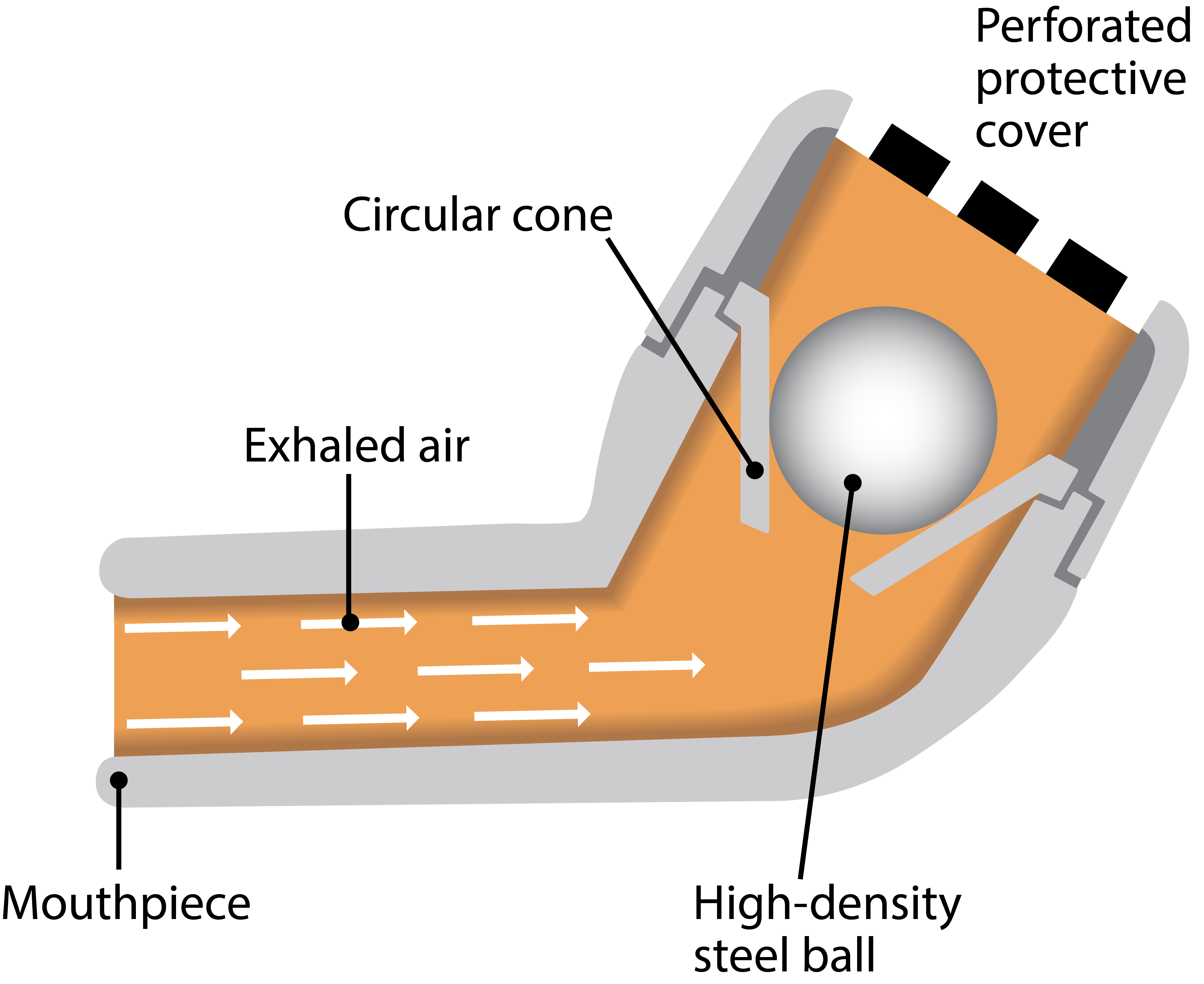
Therefore, the purposes of this review were to explore the role of physiotherapists in “fast-track” protocols following thoracic surgery and to present evidence-based strategies for postoperative physiotherapy management.

Likewise, limited research reviews have been done on physiotherapy interventions for postoperative patients who have undergone thoracic surgery. In addition, in research work, few well-designed studies have been conducted with robust methodologies capable of identifying ideal physiotherapy treatment protocols based on scientific evidence.

Furthermore, there is a lack of standardized postoperative physiotherapy programs after thoracic surgery. Unfortunately, in practice settings, little is currently known about clinically evidence-based physiotherapy following thoracic surgery.

Therefore, the role of physiotherapy in these “fast-track” protocols after thoracic surgery warrants further clarification. Recently, physiotherapy has been recommended by the European Society of Thoracic Surgeons, the European Respiratory Society, and the American College of Chest Physicians, and it is now considered an essential element of enhanced recovery protocols (ERPs) or “fast-track” protocols in thoracic surgery that accelerate the functional recovery of postoperative patients and minimize the length of the hospital stay. Physiotherapy has been routinely implemented after thoracic surgery as a fundamental component of postoperative management. These problems, particularly PPCs, can lead to delayed patient recovery, prolonged hospitalization, and increased morbidity and mortality. The main presenting problems of postoperative patients who have undergone thoracic surgery include improper patient positioning incision and/or chest drain pain ineffective cough reduced lung volume postoperative pulmonary complications (PPCs), which can be non-infectious (e.g., atelectasis and respiratory failure) or infectious (e.g., pneumonia) impaired airway clearance frozen shoulder on the thoracotomy side postural abnormalities and persistent chest wall tightness. Over the past century, thoracic surgery has been the primary intervention used to treat pulmonary, pleural, chest wall, and mediastinal disorders. Primary Perivascular Epithelioid Cell Tumor of the Lung: A Case Report Successful Endoscopic Vacuum Therapy for Extensive Gastric Tubing Necrosis after Ivor-Lewis Esophagectomy: A Case Report Left Coronary Ostial Obstruction by a Dislocated Sutureless Aortic Valve Prosthesis: Redo Aortic Valve Replacement with Hybrid Coronary Revascularization: A Case Report Which is the More Effective Option for Pleurodesis to Prevent the Recurrence of Malignant Pleural Effusion? Large-Particle Talc or Mistletoe Extract (ABNOVA Viscum Injection) Percutaneous Dilatational Tracheostomy in a Cardiac Surgical Intensive Care Unit: A Single-Center Experience Intraoperative Nerve Monitoring during Minimally Invasive Esophagectomy and 3-Field Lymphadenectomy: Safety, Efficacy, and Feasibility Surgical Results of the Superior Vena Cava Intimal Layer-Only Suture Technique in Heart TransplantationĮarly Diagnosis and Intervention Are Needed for a Reasonable Prognosis of Thromboangiitis Obliterans

Graft Patency of No-Touch Saphenous Veins Used as Aortocoronary Bypass Grafts Incidence of and Risk Factors for the Development of Significant Tricuspid Regurgitation after Isolated Aortic Valve ReplacementĬommentary: Progression of Tricuspid Regurgitation Following Aortic Valve Replacement: Risk Factors, Considerations, and Debates on Prophylactic Repair Losartan Reduces Remodeling and Apoptosis in an Adriamycin-Induced Cardiomyopathy Rat Model


 0 kommentar(er)
0 kommentar(er)
